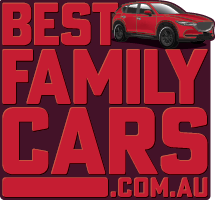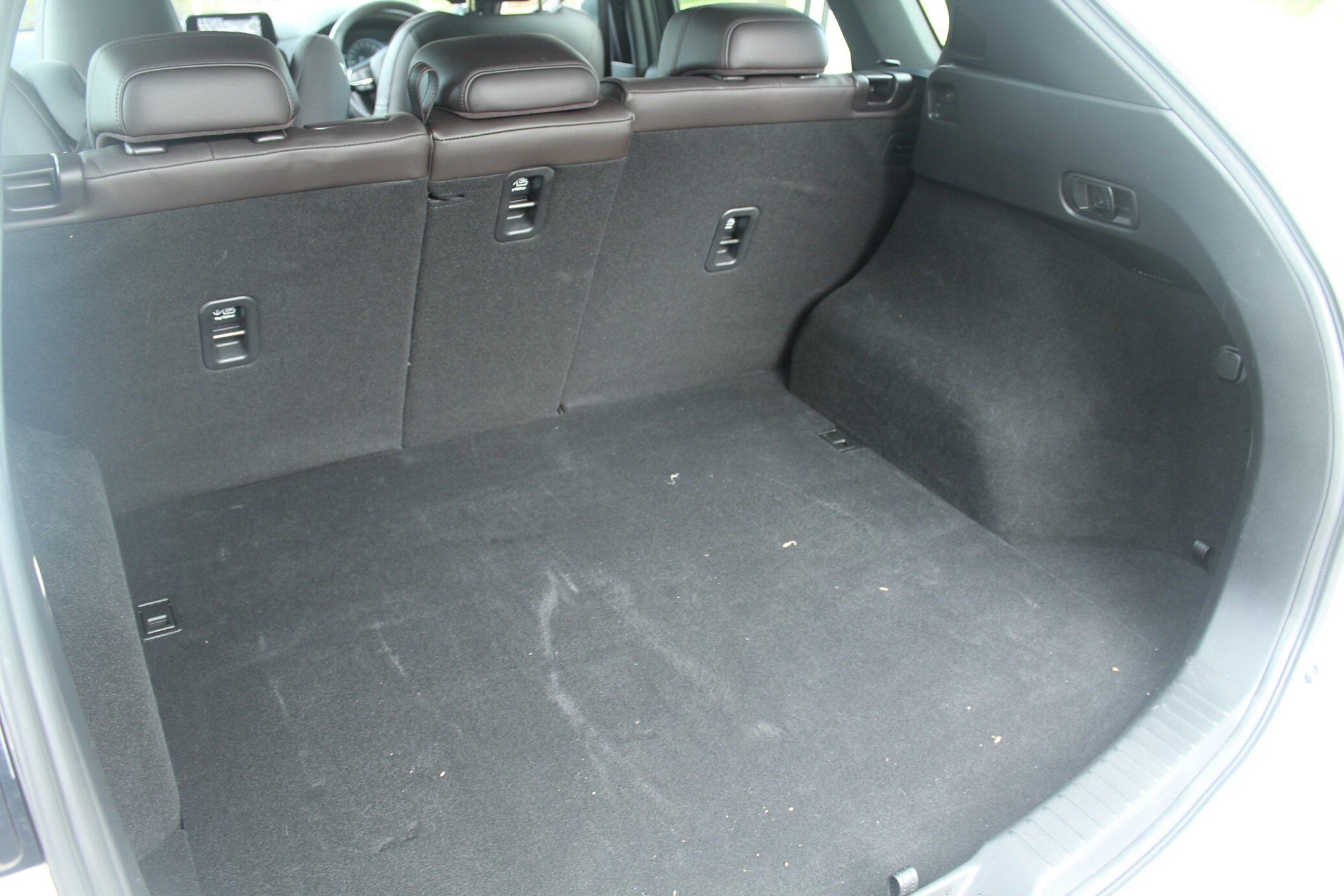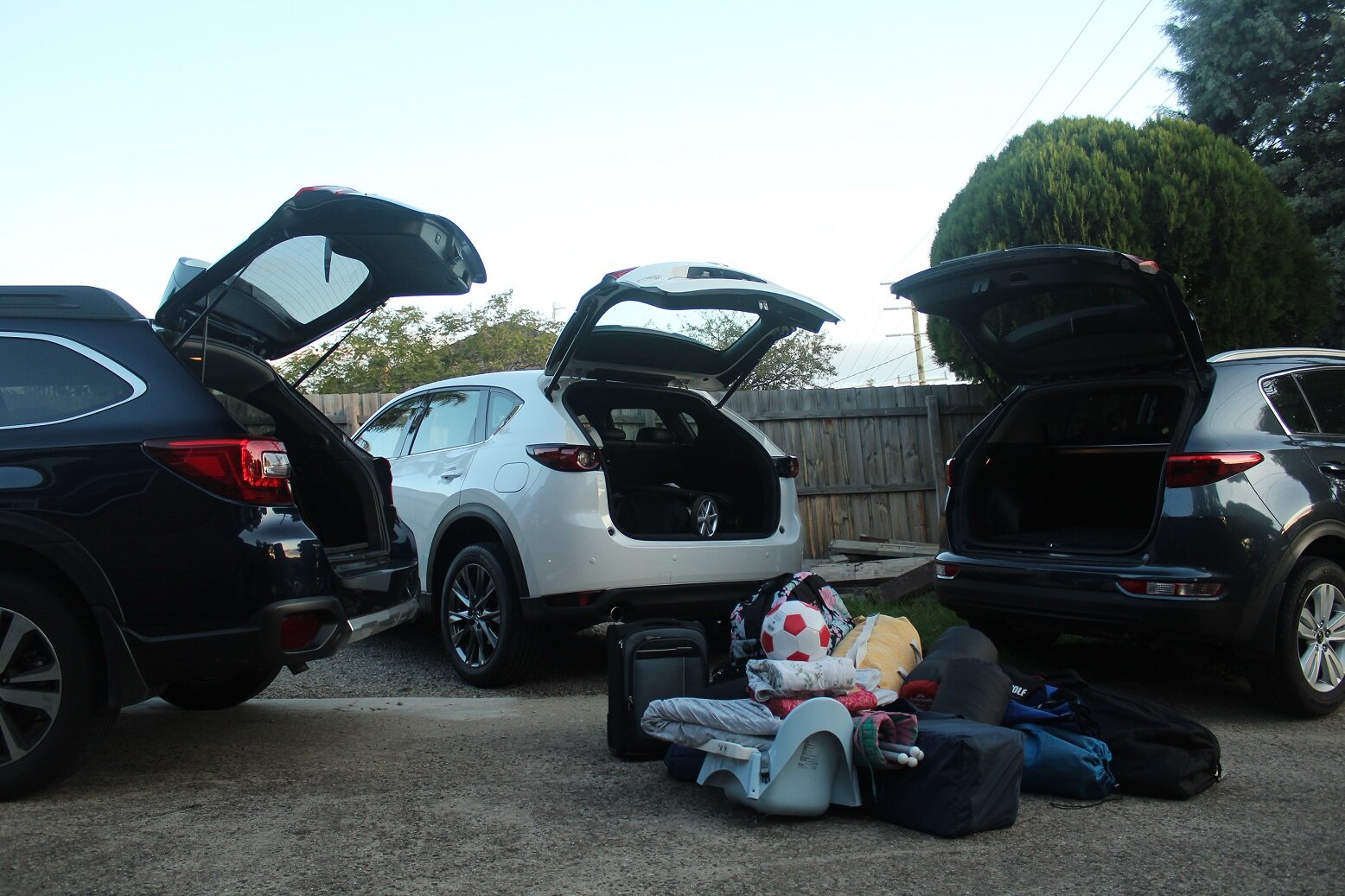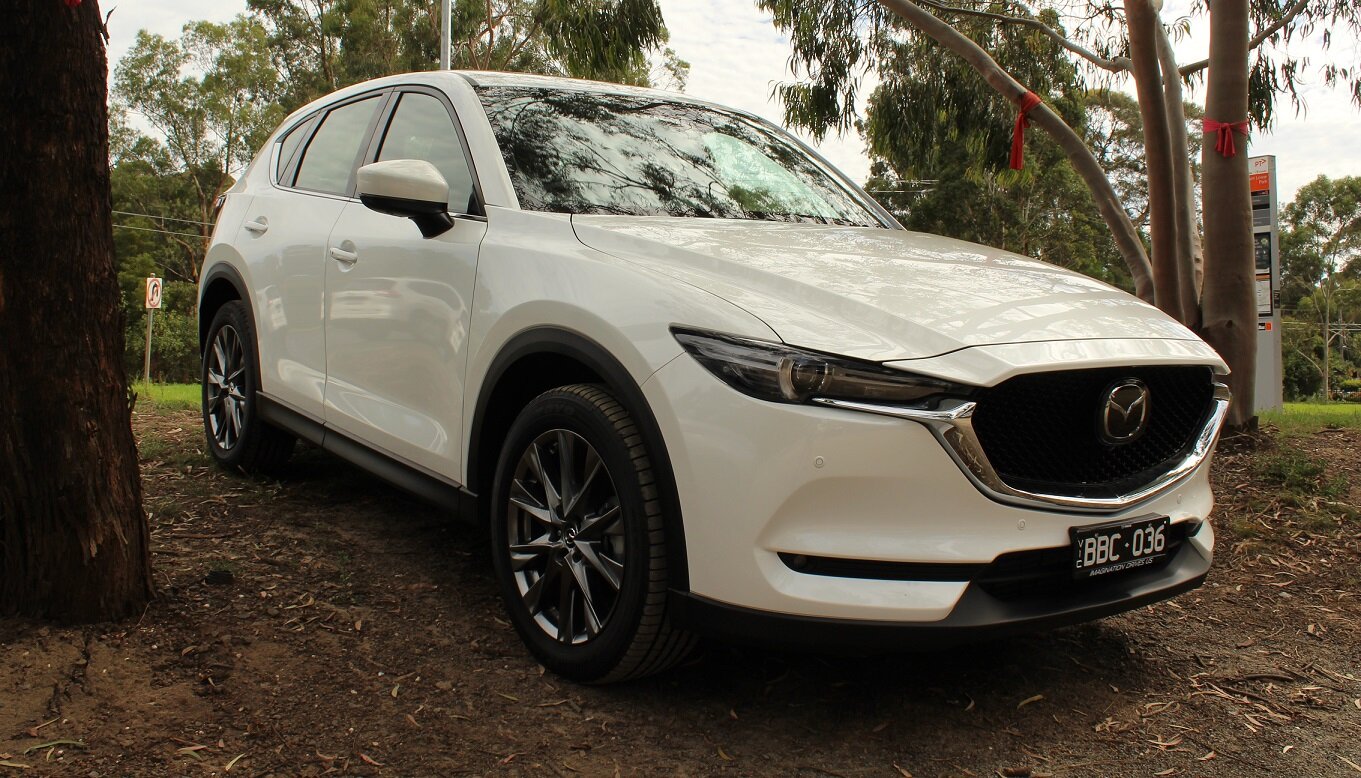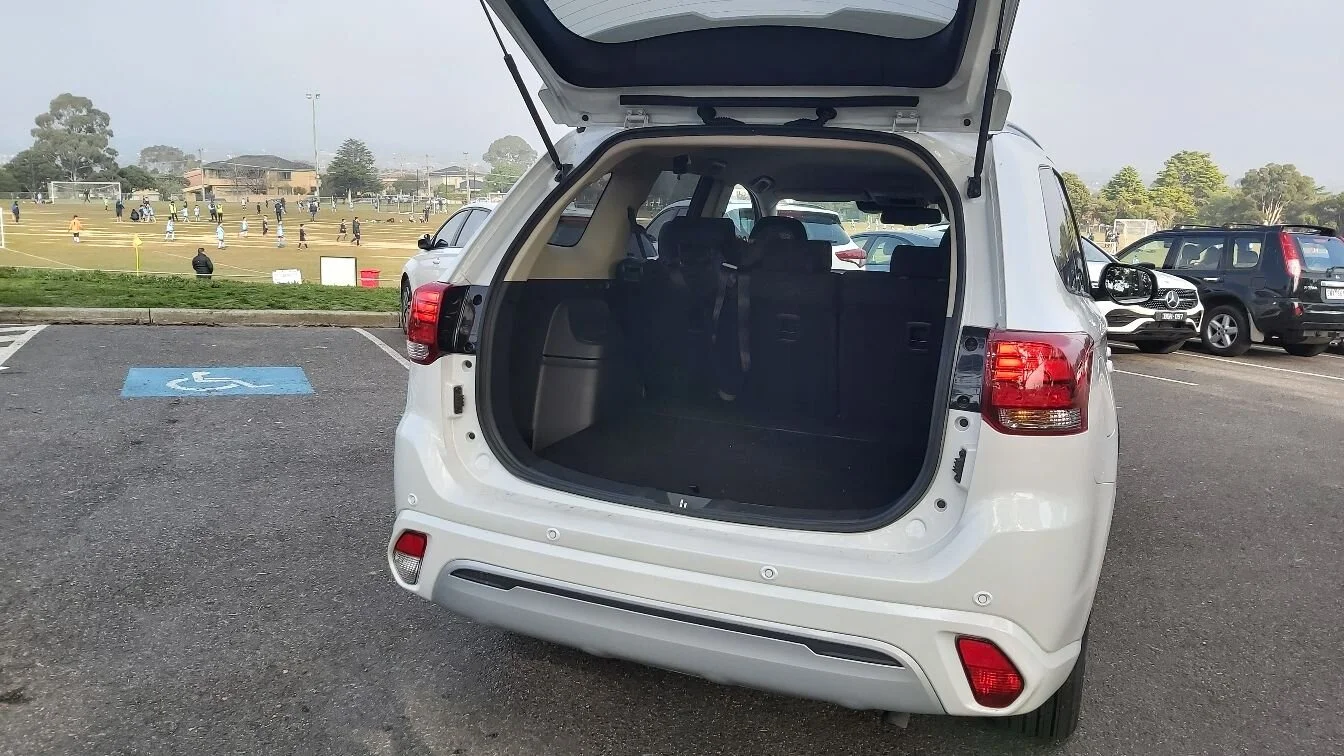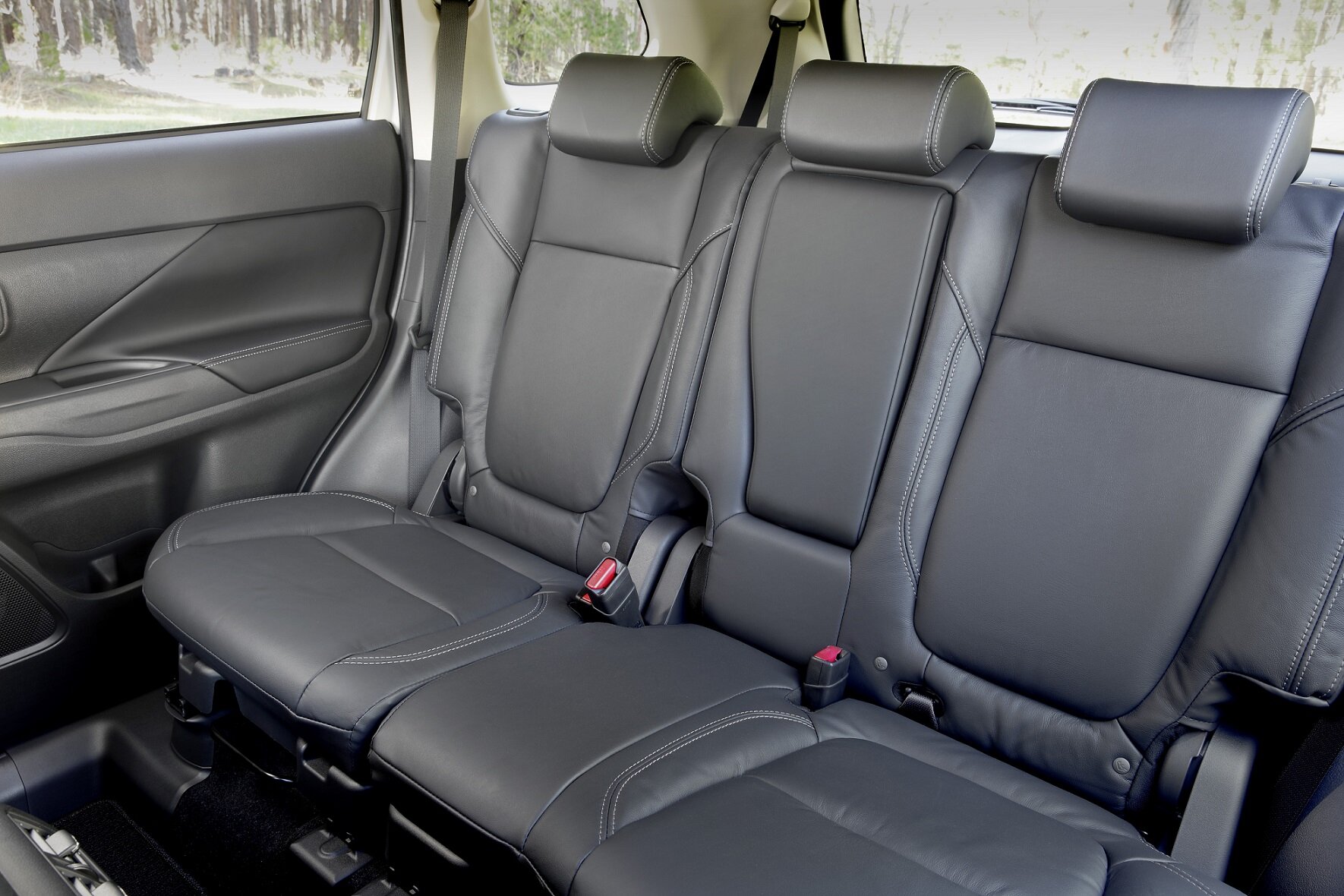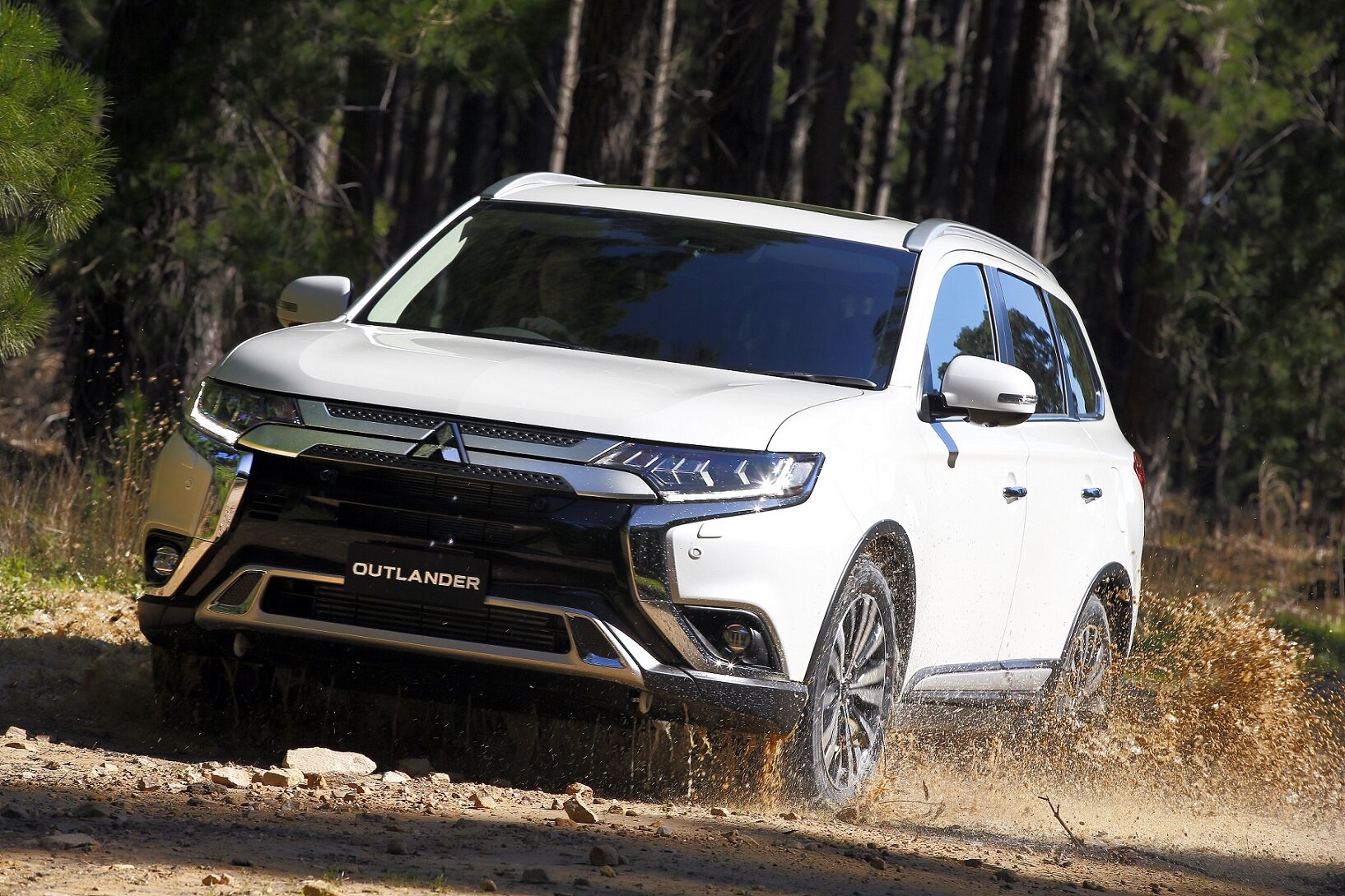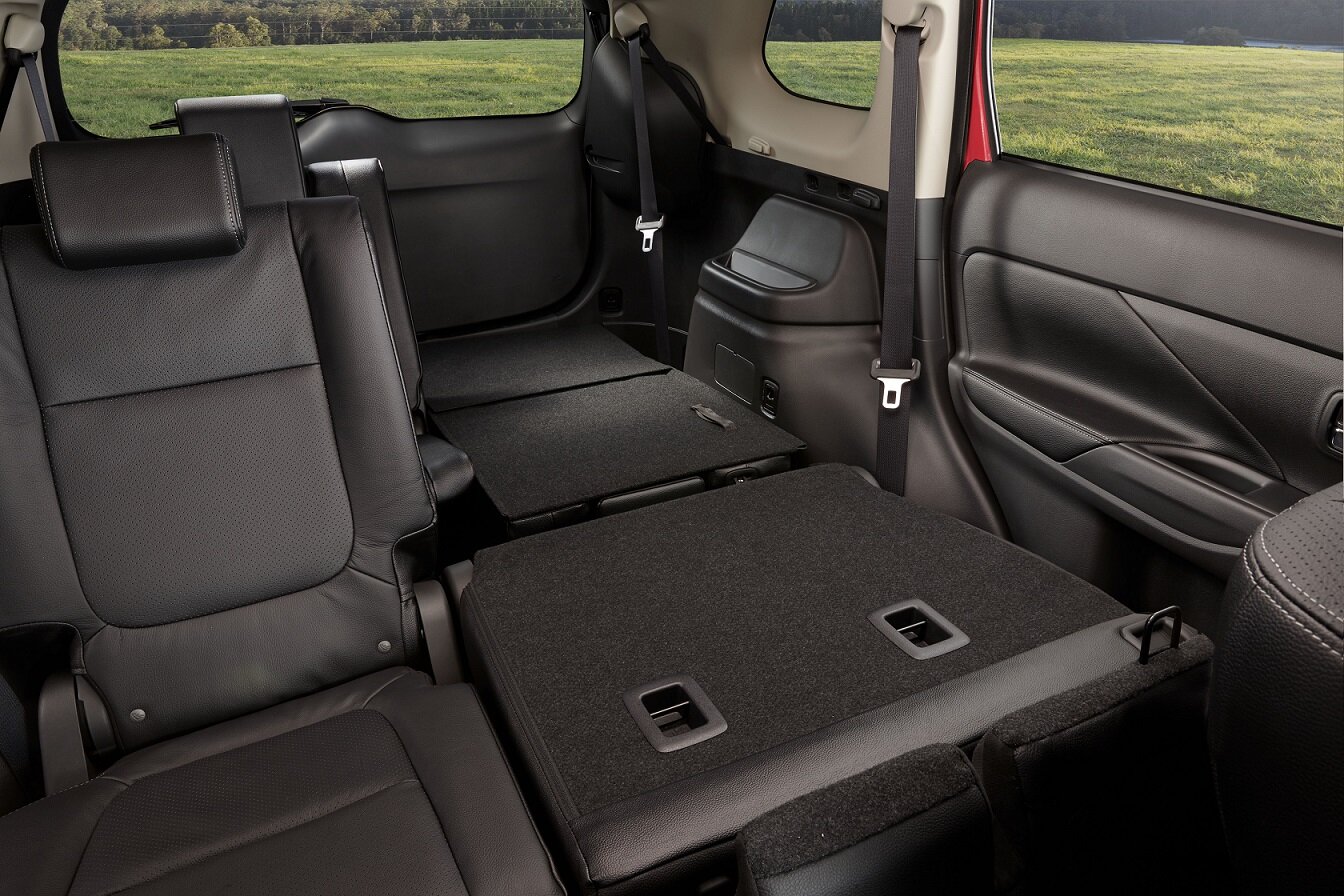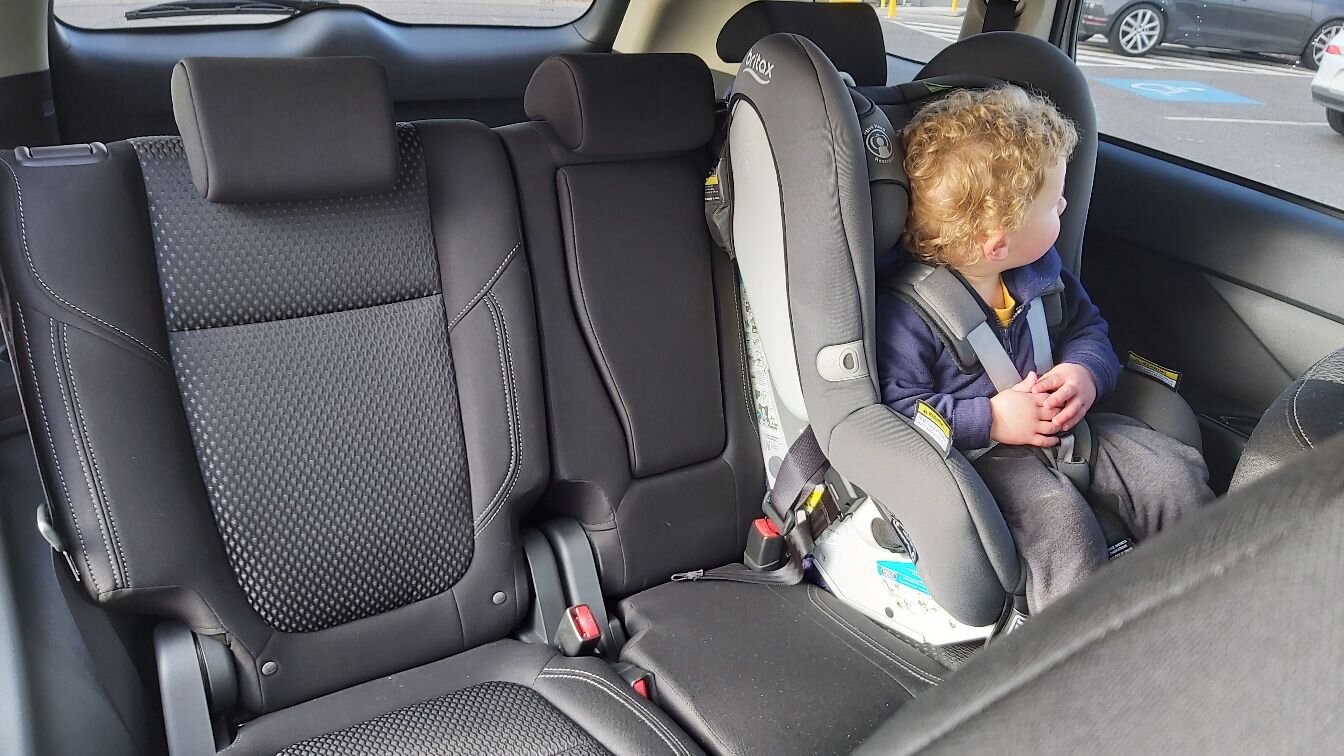Four affordable new cars for camping families
If your mob likes to hit the open road and get away from it all, here is a shortlist to make searching for your next new camping mule significantly easier - and cheaper…
Heading away for a long weekend to a favourite camping spot is an Australian institution.
There’s nothing that compares to packing up the necessities, loading the kids in the back, and pointing your car at the quickest route outta town.
But if you’re in desperate need of replacing your old car, and need the new one to handle dirt roads, (sometimes) long freeway trips and be able to carry everything you’ll need, you need a shortlist. You can’t test drive everything on the market.
As an avid camper, I've done this process countless times in a variety of vehicles. So let me give you a cheat sheet for shopping for your next new family camping car.
In no particular order:
SUBARU OUTBACK
New one in 2021, good customer care
Fantastic tourer, very comfy
Built-in roof racks
Moderate towing
Long boot, full-size spare
A wagon design is the Outback’s signature dish, while still being wide enough to take most swallows camping stuff, like tents, collapsing chairs, memory foam roll-up mattresses, duffle bags and so on.
It also has brilliant built in rood racks. If your family has some big touring trips planned, then I strongly urge you to consider the Outback as your first choice. Or, equally, if you frequent the beach or rivers for surfing, kayaking or you have kids who love boogie-boarding like I did, then the elongated format and in-built racks up top of the Outback are great for this.
The built in roof racks, combined with a luggage pod, is such a great practical addition, it saves you having to fork out for your own, and is an extra storage space without having to consider a trailer. And they take, literally, 30 seconds to deploy, with no clips or screws or brackets to drop and scratch the car. I’ve carried a mattress home from the bed store with mine - it couldn’t have been easier.
Outback has a really slick, intuitive CVT transmission which is ideall suited for big trips in mind with minimal stop-start traffic. (That’s not saying it can’t handle the suburban grind; it absolutely can, take it from me). Also adept at the long haul is Subaru’s EyeSight crash avoidance system, including the adaptive cruise control. This is one of the better, more ergonomic forms of it, and takes some of the anxiety out of being on the road scrutinizing the traffic for long periods.
Outback is about to be replaced by an all new version in 2021, (hopefully) with a 2.4 liter turbocharged option, which will probably ask more than 45k. But the new model’s more affordable variants will be strong options for the camping lifestyle.
Subaru’s symmetrical all wheel drive system is also really good for wet, loose camping backroads, and getting out of the campsite in the morning after a soggy night. Been there, done that, had to ask for a tow etc.
SUBARU FORESTER
Big, wide boot, full-size spare
Punchy engine & throaty exhaust note
Great ground clearance, good visibility
Reliable multi-mode AWD (snow, mud, gravel)
Similar characteristics of Outback’s boot, only oriented differently, favouring width over length. And you don’t get the built in roof racks.
Forester is going to be better for semi-serious access roads and more remote camping due to its greater ground clearance (220mm) than Outback (213mm) and more aggressive X-Mode programs including mud and snow.
However, this does not mean you should be tackling any kind of serious off-road track. Subaru has told me directly it understand its realistic Australian customers and they support (and warrant) sensible soft-roading where a fault may occur - but, like any new car and associated brands, you should never push the envelope, lest your warranty case goes up in smoke.
Keep in mind, Subarus don’t have big problems in this manner. You’re pretty safe; they’re reliable cars of looked after and not abused. People swear and die for their Subarus.
Forester has a somewhat more open cabin space height and width wise, compared with Outback at least, thanks to a 2.67m wheelbase. But Outback has more legroom thanks to 2.75m of wheelbase. You tend to sit upright in Forester, making it good for shorter more frequent trips, but Outback is better for the bigger trips where you can preference sitting legs-out forward (so your heart doesn’t have to pump blood as vertically, reducing fatigue). If you’re fairly tall, Outback is better. If you’re normal sized, like me, Forester might be a better fit.
Camping Tip: Before picking your new car, get out the tape measure and get the length of your longest item (typically the multi-person tent) and size up the boot you’re considering putting it into.
MAZDA CX-5 (TOURING)
Lockable (on-demand) AWD option & enjoyable to drive
Tarmac touring & easy dirt roads (space-saver spare)
Greater emphasis on suburban comfort
Reliable, quiet, good customer care
It’s something of a self-indulgent option, the Mazda CX-5, because it’s going to be an ideal compromise between adding vehicle size (therefore weight) versus how dynamically pleasing the vehicle is to drive.
It drives really nicely, isn’t too big, but isn’t highest on the practicality front.
CX-5 is about 300kg lighter than its CX-9 big sister, noticeably. So, if you really enjoy driving - as I do - but you want that to go hand-in-hand with heading away for weekends with the kids, this is almost the perfect option. However…
CX-5 only has a space-saver spare wheel, limiting you to 80km/h when in use. So if you’re a fair whack up the highway, hours from metropilitan civilisation, it could be an even slower trip home if you’ve had a spare and need to get home on a Sunday afternoon before work tomorrow. That’s not how you wanna cap off the weekend.
Therefore, I suggest either A) get roof racks and a basket and mount a full-size spare up top for occasional use only; and/or B) Try to stick to very passive soft-roading like gentle gravel roads at worst, and enjoy paved roads and easy campsites. Also, CX-5 does have a lockable all-wheel drive feature now, but you pay extra for that - and CX-5 is not the same animal as a Subaru. Mazda uses an electronic on-demand all-wheel drive system which feeds power to the rear wheels in the event of detecting wheelspin. It’s for getting you through occasional slippery conditions, not for regularly grappling with rougher, harsher backroads like Forester or Outback.
I don’t think there’s a single dissatisfied Mazda CX-5 owner out there. This is such a great SUV for the 90 per cent on-road, in-traffic use you’re going to get out of it. It looks expensive, looks smart and sophisticated enough to park next to the boss’ Mercedes at any dinner function, and it’ll happily hold 442 litres of camping gear back there, or up to 1342L with the second row folded (on those extremely rare occasions it’s just mum and dad heading away. Yeah, right.)
If you need to add space for stuff to take, you can add a light trailer with a maximum towball download of 150kg and a maximum trailer weight of 2000kg with the 2.2-litre diesel which I would only recommend if you live in outter suburbs or regional areas where you can safely and confidently abide by the needs of the DPF. Otherwise, if you don’t do long distance driving, the petrol SkyActiv 2.5-litre four-cylinder petrol engine is going to be very worthwhile when everybody’s fallen asleep and it’s just you driving home. (Catch my drift?)
All the camping gear you see in the centre image above fits into all three vehicles: current-generation Outback, CX-5 I tested, and the current Kia Sportage. It all fits.
So you need to figure out how many kids you have (not hard), and decide which vehicle is going to best suit your camping requirements. Are you spending a night or two in a cabin? Go the CX-5. Heading away for the long weekend to camp under the stars far from civilisation? Outback. Might do a bit of both? Sportage works fine.
Mitsubishi Outlander…
(so much choice)
Multitude powertrain configurations
Affordable, big boot, reliable, good customer care
Good towing (2000kg diesel), reasonable ground clearance 190mm
7 seat option, all-wheel drive or 2WD
With an all new Outlander coming soon, the value proposition for the outgoing model is even stronger, especially if you can’t afford a massive, expensive seven-seater, nor waiting for the new one to get here in the next two years.
They’re growing by the hour and you don’t have time to wait for Mitsubishi - I get it.
The diesel option starts with Outlander LS (with AWD and 7 seats by default from about $44k) which, if you’re a regional dweller or have plans for some long trips towing a camper or trailer of some kind, is going to be ideal. Although you could still opt for the petrol if you’re going long distance (and it’s $5k cheaper, in 2WD), you just can’t tow as much. The diesel gets a very respectable towing capacity at 2000kg, although towball download is 200kg.
Now, if you are planning to tow with Outlander, know this: you need to watch your payload. Diesel Outlander has a gross vehicle mass of 2290kg (meaning it legally must not weigh more than 2290kg when fully loaded, including people and stuff). But the vehicle itself weighs 1620kg with a full tank of fuel, which, subtracted from 2290kg leaves you the quoted 670kg of payload Mitsubishi mentions. However…when you deduct the 200kg towball download - which you must (because it’s considered payload) - you’re left with just 470kg of available payload. 470 divided between, let’s say mum, dad and two kids, is 117.5kg each person can weigh.
Now, 117.5 is okay for mum, dad, kid #1 and kid #2 (there’s always a favourite), that’s perfectly fine, and obviously you won’t all weight that much, but you have 7 seats, so if you have a big family, with say three kids, that 117.5 becomes 94kg, or with four kids, it’s 78kg. Again, that’s fine, initially, but that has to include your gear.
Outlander diesel is a very good idea if you have a big family and you plan on doing some exciting trips away but you’ve got a budget to stick to. I urge you to be conservative with your packing, and use a weighbridge to measure how much you and all your stuff is gonna weigh.
That said, the Outlander’s boot is vast, especially in 5-seat mode, and it’s a fairly ‘tall’ vehicle, so you’re going to have plenty of packing space before imposing on your rear-view. In 5-seat form you get 477L or volume, in a cavity 859mm high and 1306mm at its widest, or 974mm between the wheelarches. (Good luck finding those boot dimensions with some other brands btw). In 7-seat versions you only get 128L of volume behind row three, so roof racks are gonna be needed.
I think the best value in the Outlander range is the ‘ES’ with ‘ADAS’ pack in 5-seat configuration for $39k. You get the all-wheel drive system and a decent CVT, but the ADAS pack means you also get:
Rain sensing wipers
Dusk sensing headlamps
Forward collision mitigation
Adaptive cruise control
Lane departure warning
Reverse sensors
If $39k is too much for your budget, you could easily forgo the AWD and get the ES ADAS 2WD which will save you five grand. Two wheel drive will probably suit 90 per cent of the driving you’re likely to do, it just means you can’t hammer down the gravel roads with as much tractive effort as the AWD; take it easy, you’ll be fine.
If you’re looking at the Outlander because you need the budget 7-seat option, the most affordable option is $31k for the ES, but you’re really getting the bare bones. If you can step up to $35k for the LS 2WD, you can at least add some of those safety features (collision avoidance, adaptive cruise, lane departure, auto high beam & headlights, rear sensors and rain-sensing wipers).
Installing child seats in Outlander is a piece of piss. I had the plug-in hybrid version for a week and both the top tether and isofix points were exactly where they should be without fuss.
And in the third row you can separately fold seats 6 and 7 in a 50/50 split, which is great if you need to fit something awkward. And the kids can recline row three as well.
Above the base diesel LS AWD and above the LS 7-seater, Outlander starts to lose its value when you look at the Exceed. Yes it has everything, pretty much, but by this point, you’re spending about $50k and that’s above the affordable ceiling for this exercise. And you could also start considering a CX-9 or Hyundai Santa Fe or Kia Sorento for that kinda money, all three of which are much nicer things to drive than the Outlander (not to suggest it’s awful; it’s fine), just the other three are especially good.
Is your family thinking about going camping but you’re not sure which car will suit? Don’t just go for some rough 4x4 (you’ll regret that). Email me.

